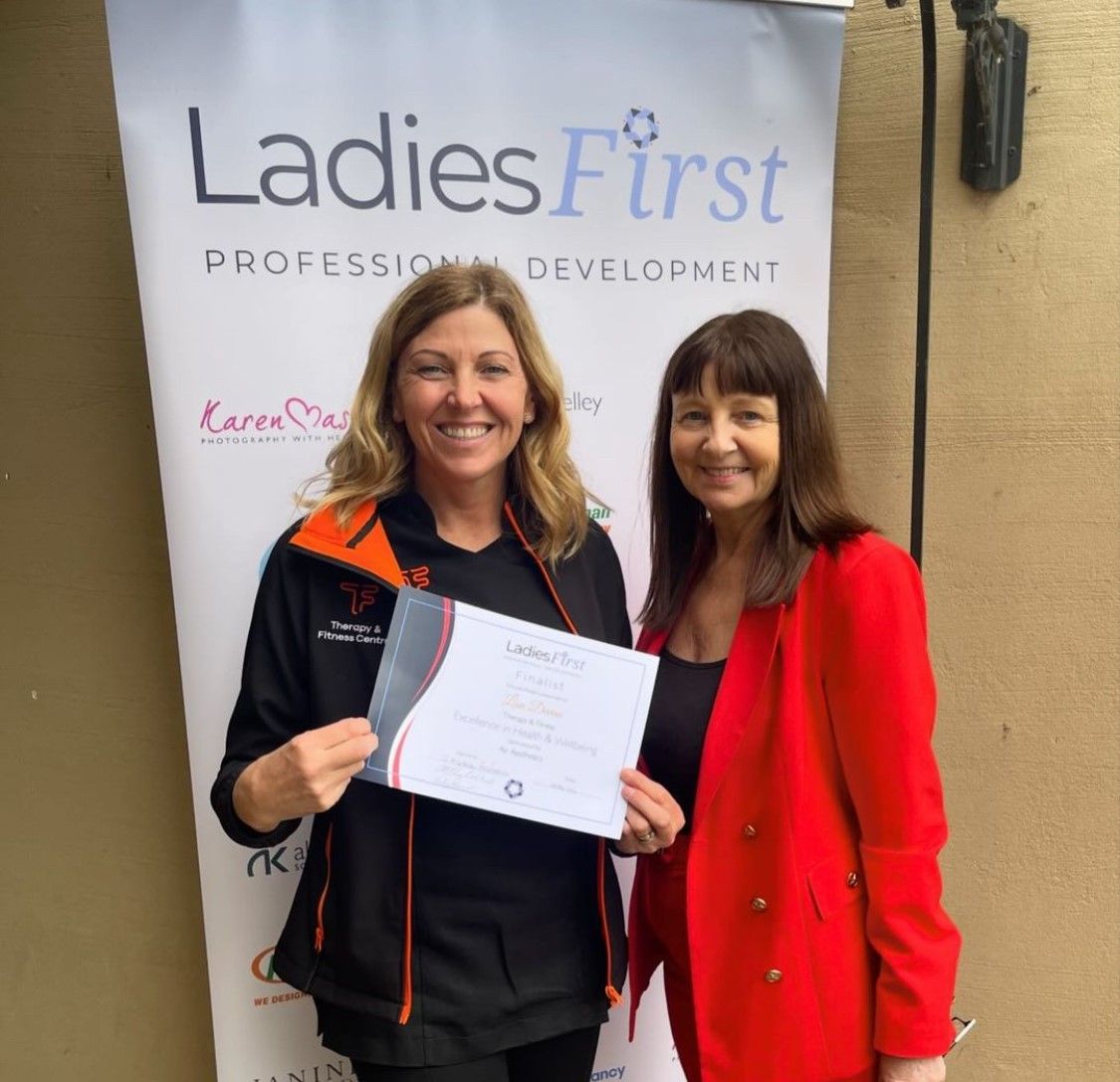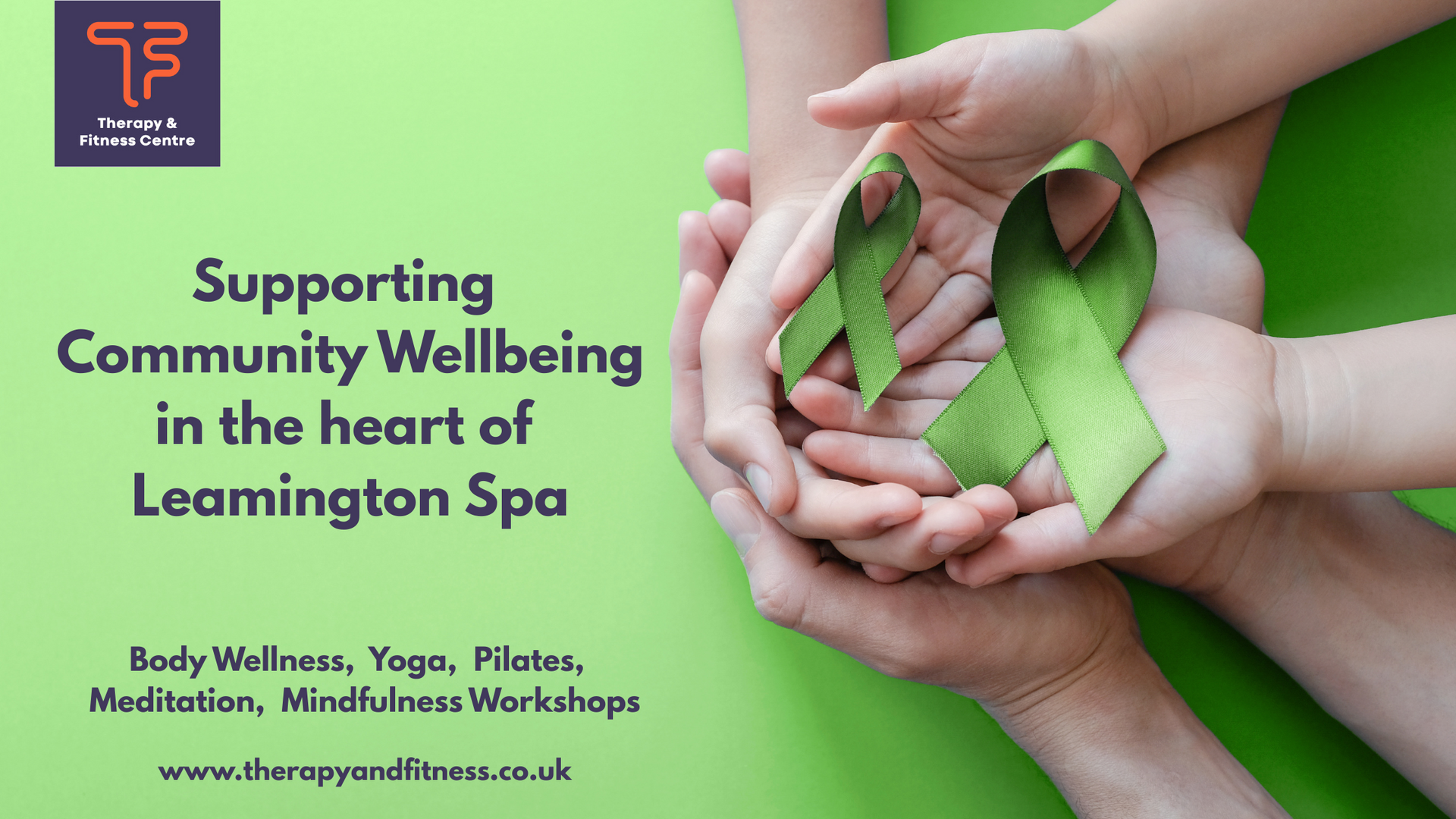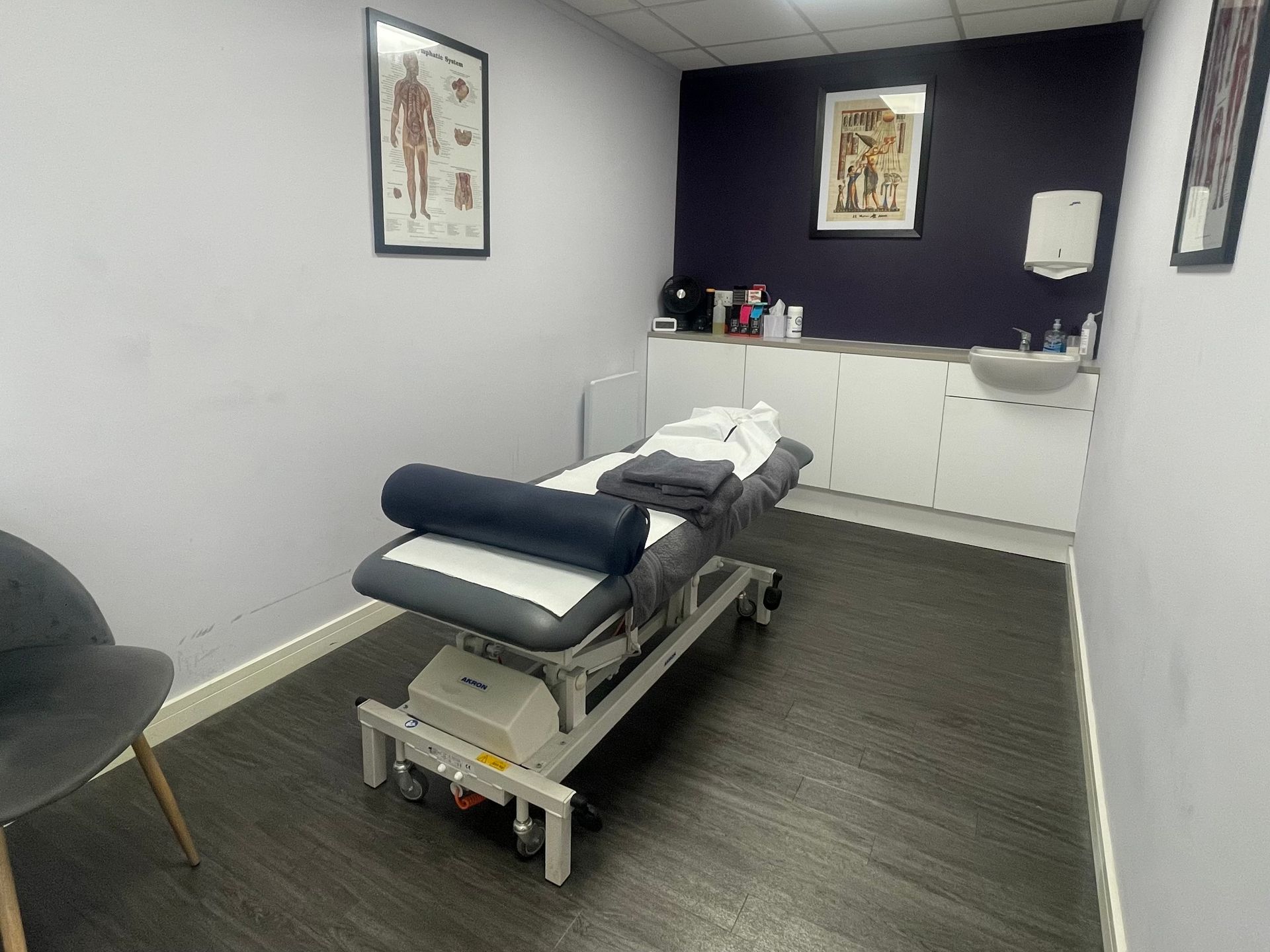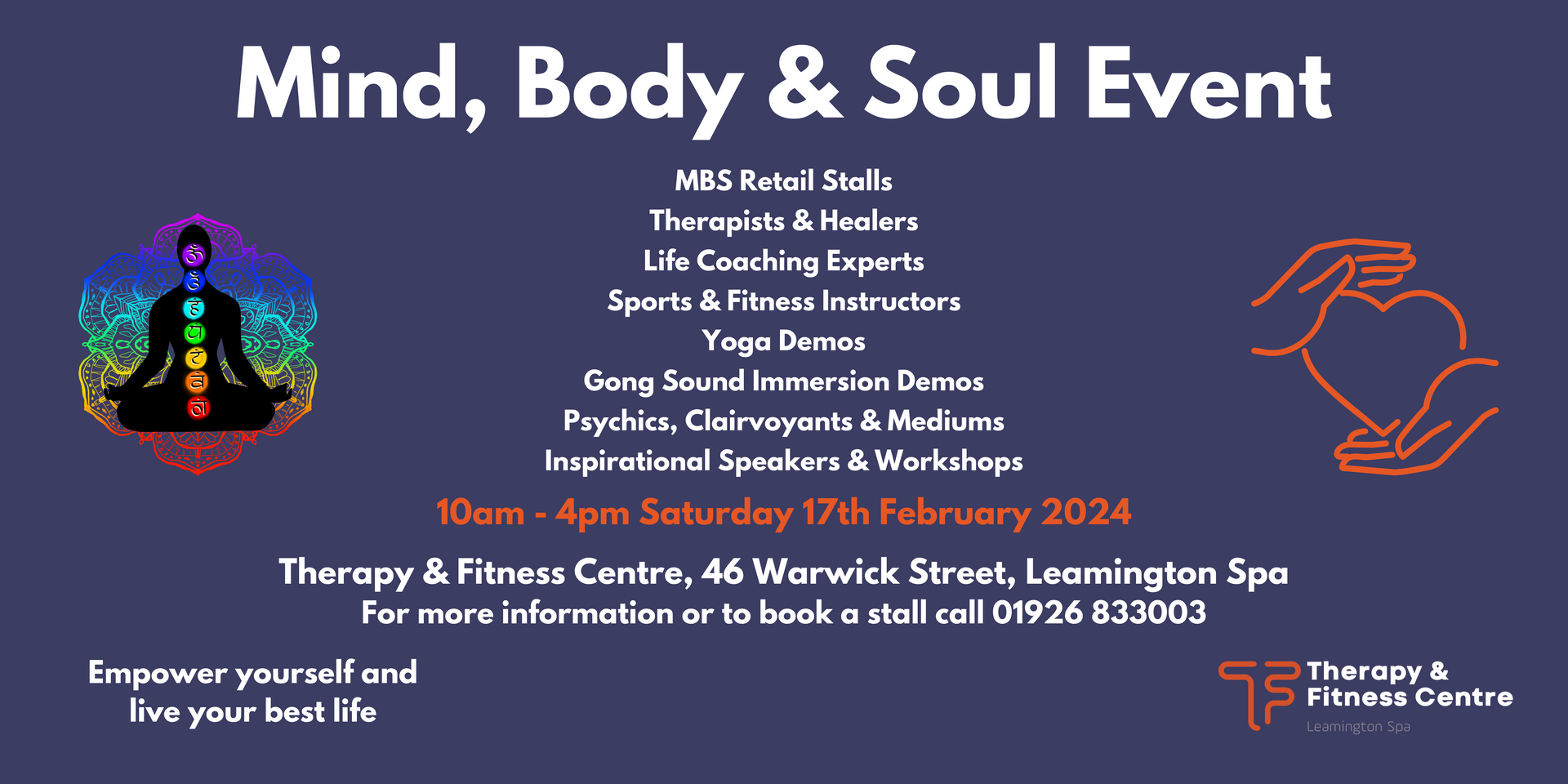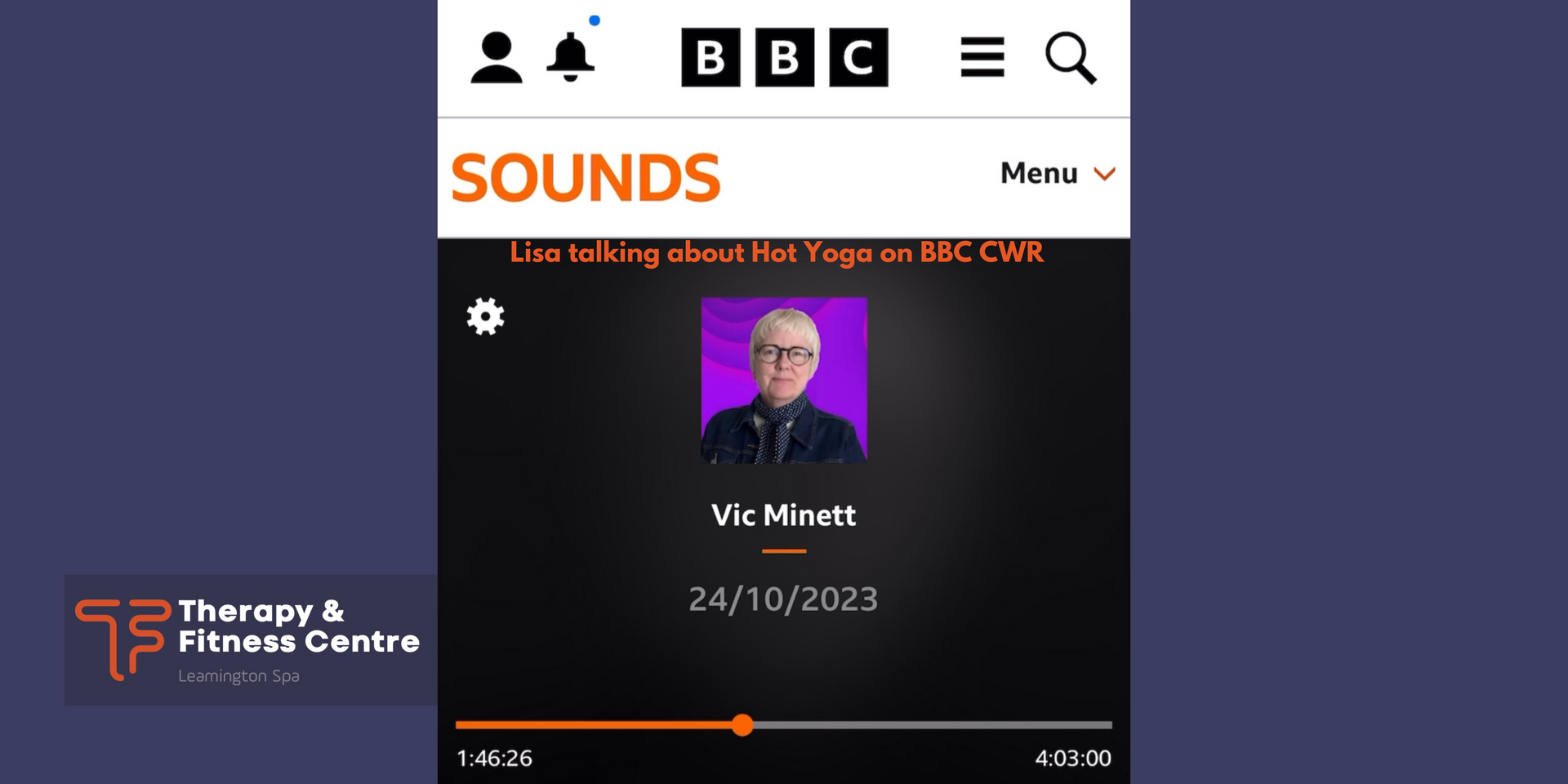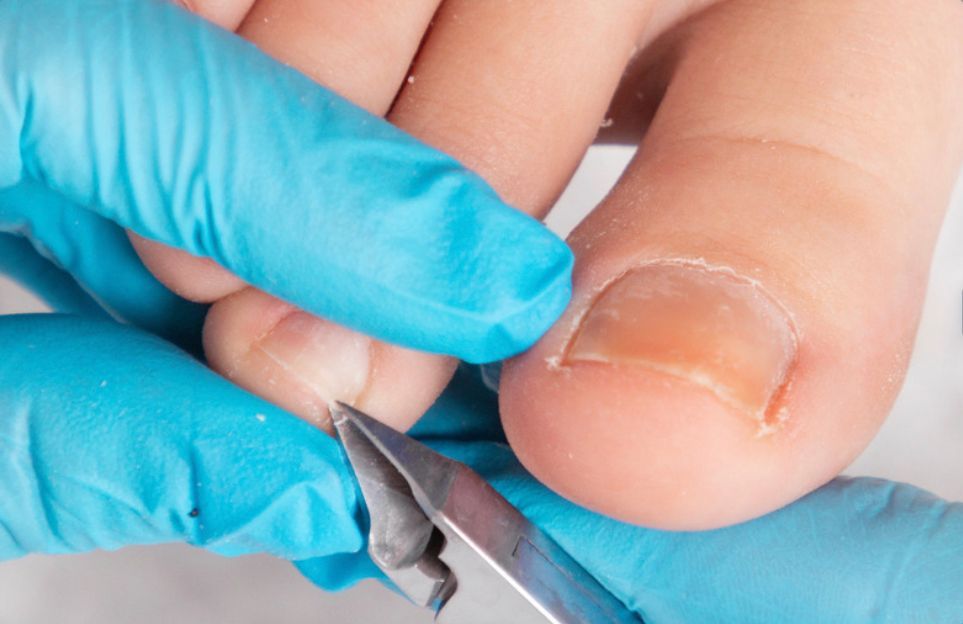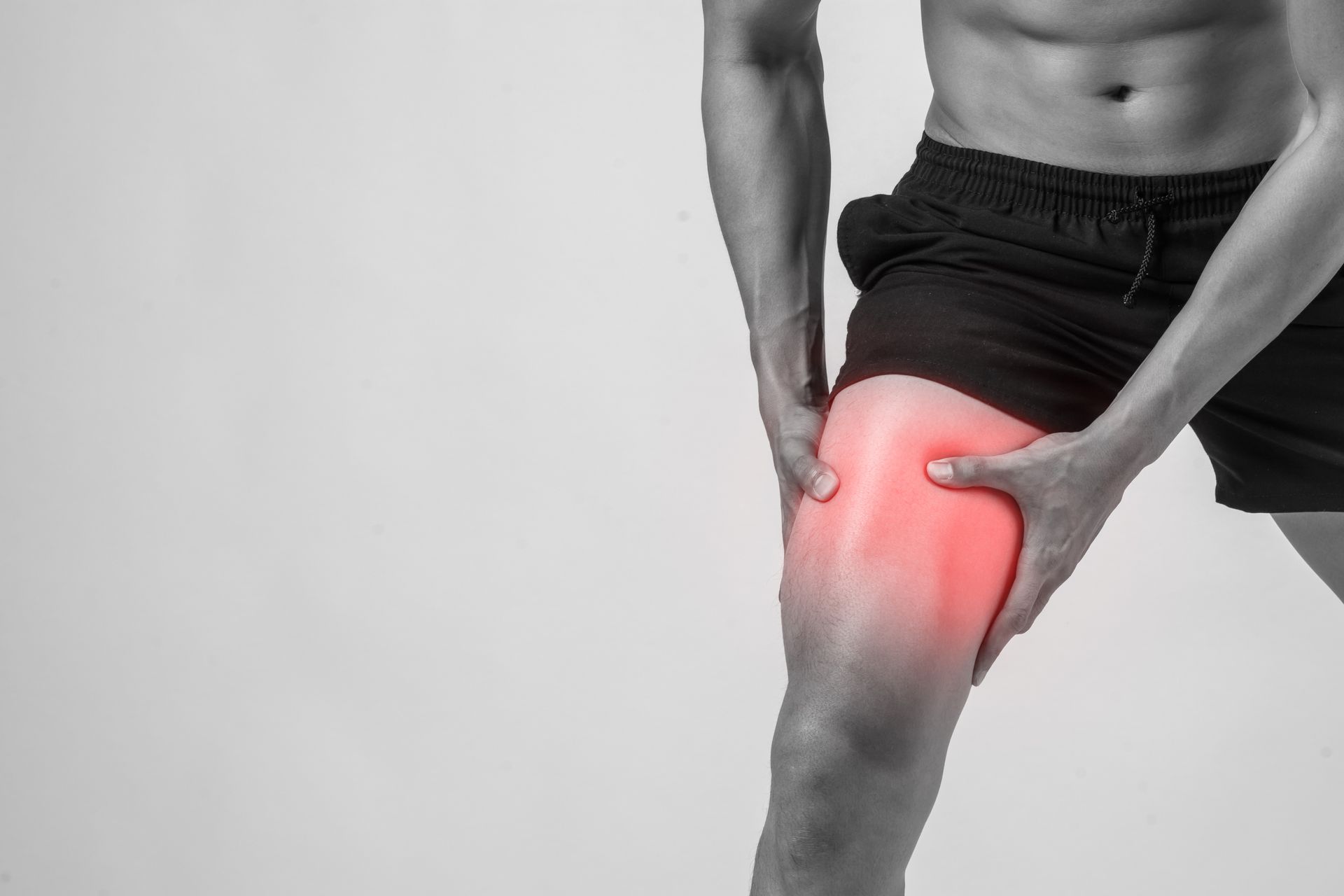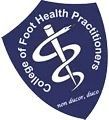Can what you eat boost your Immune system
When used too frequently, alcohol-based hand sanitisers can:
• Wash away your skin's natural oils
• Cause drying and cracking
• Increase risk of Infection
• Itching
• Slight to severe flaking, scaling, or peeling
• Fine lines or cracks
• Grey, ashy skin colour
• Redness
• Deep cracks that may bleed
One thing we can do to prevent this is to use an aromatherapy based hand soap that contains natural antibacterial, antiviral or antimicrobial agents such as tea tree, rosemary, lemon, grapefruit, oregano, cinnamon, citronella, eucalyptus or thyme.
Let’s prioritise classic soap and natural organic products!
Neal’s Yard do a great range of antibacterial defence products, click here to view and buy: https://uk.nyrorganic.com/shop/lisadevine/area/shop-online/category/hand-defence/
Everyone has the ability to...
Naturally strengthen their immune system in a few days (young people) or in a few weeks (the elderly). This certainly would not prevent the spread of the virus, but it would strengthen our defences against it and therefore reduce the proportion of serious cases and enable more rapid recovery as well as reducing the need for hospitalisation.
The balance of bacteria in our gut influences the balance of our immune system. An unbalanced bacterial flora (the bacteria that grows in our stomach) will cause opportunistic pathogens to shift the immune system to an increased inflammatory state. Certain cells in the lining of the gut spend their lives excreting massive quantities of antibodies into the gut, creating a healthy balance. With 80 percent of our immune system residing there, the state of our gut helps determine how we feel, physically and mentally. In fact, the relationship between good and bad gut bacteria is the secret to a healthier you.
Why not engage with health professionals such as nutritionists, naturopaths, herbalists to talk about a healthy and balanced diet. Why not encourage people that eat junk or unhealthy food, such as processed and refined foods that destroy our immune defences, to eat more vegetables and fruits. Raw and in season is the best way to eat them quickly strengthening our mineral reserves so necessary for immunity. Superfoods and foods high in antioxidants help to build and support the immune system. Antioxidants repair unstable cells (the cells that are damaged from pollutants, pathogens and processed and refined foods). With 80% of our immune system in our gut why are we putting in foods that have little or no nutritional value.
Foods that are high in nutritional value are:
• Salmon (wild)
• Berries
• Grapefruit
• Carrots
• Tomatoes
• Kale
• Seaweed
• Garlic
• Potatoes
• Green leafy vegetables
• Sardines
• Egg yolks
Foods that have little or no nutritional value are:
• White bread
• Chips
• Pizza
• Burgers
• Fried chicken
• Crisps
• Pastries
• Cereal bars
• Biscuits, cakes and doughnuts
• Fizzy drinks
• Concentrated fruit juices
• Energy drinks
• Cappuccinos and lattes especially with syrup
Grains such as quinoa, plants such as astragalus, grape seed and pine extract and berries such as elderberries and blueberries in their concentrated form increase immune systems in a few weeks.
Vitamins high in vitamin C and minerals like zinc and selenium are great for boosting the immune system.
If you find your immune system just isn’t getting the nutrients it needs because your life is non stop’ or you’re unable to buy organic produce I find that NewGen Superfoods is a great substitute to replace lost nutrition and also to boost your immune system and help relieve you of a number of health complaints.
Click HERE to find some immune boosting products.
The efficiency of our immune system closely depends on the quality of our intestinal flora, remember we are what we eat!
Eat good food and feel great, eat bad food and feel rubbish
